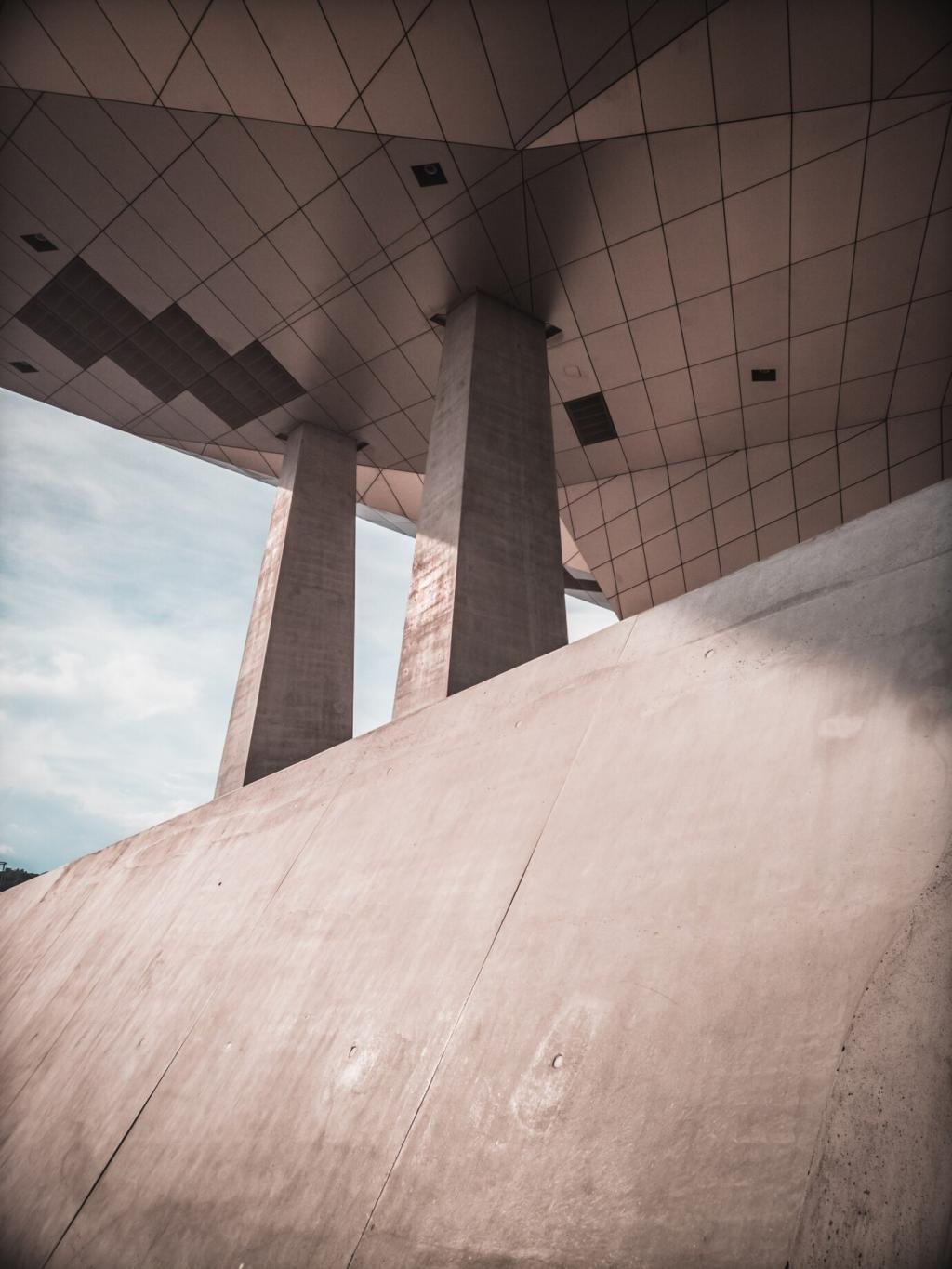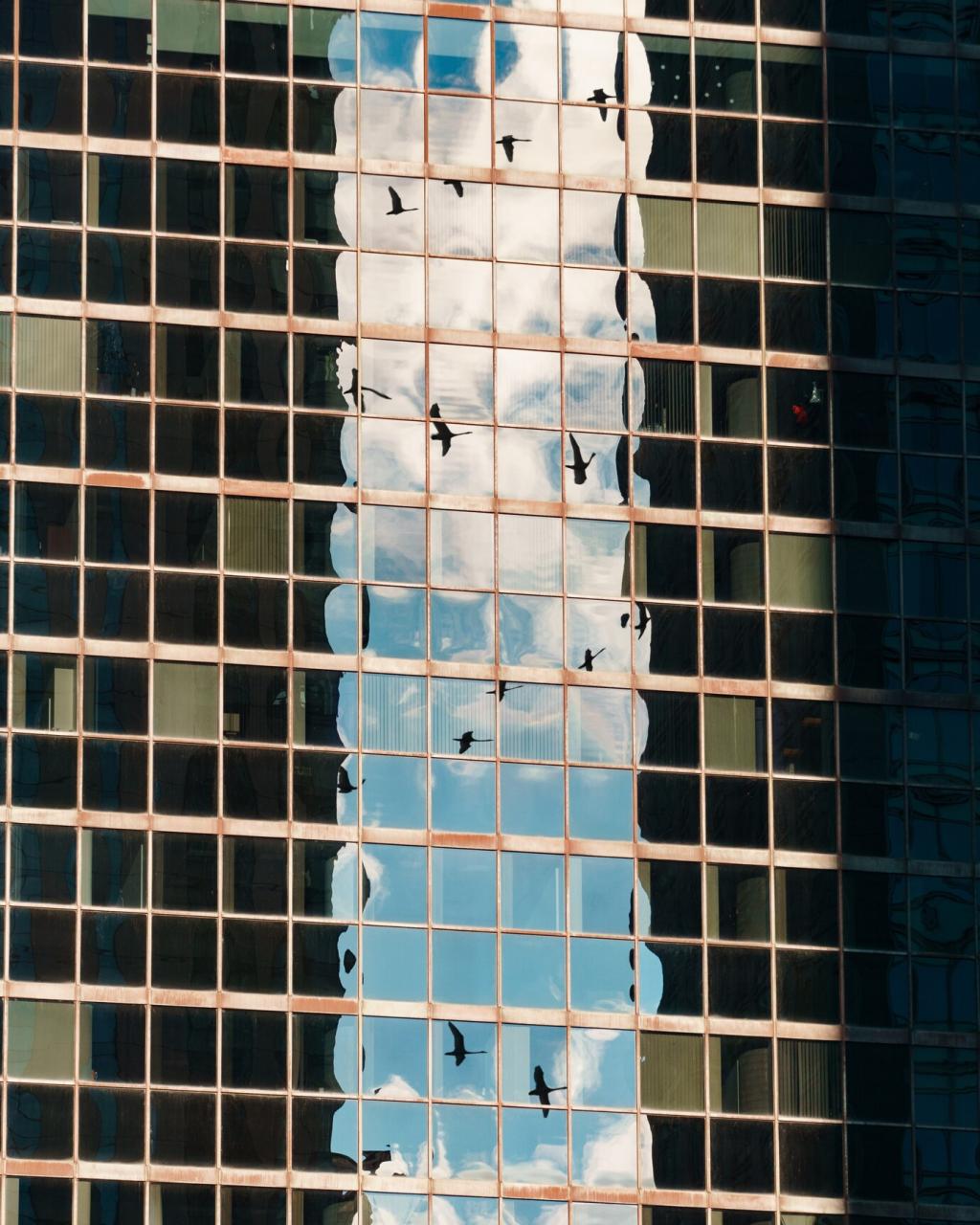Green Infrastructure and Biophilic Delight
A rhythmic canopy calms traffic, shades sidewalks, and frames architecture. In summer, leafy corridors can soften glare and cut pavement temperatures noticeably. Share the street where trees make you choose to walk rather than drive, even on the hottest days.
Green Infrastructure and Biophilic Delight
Curbside bioswales capture runoff, add habitat, and turn infrastructure into beauty. Gentle rills or interactive fountains invite children to play while teaching stewardship. Tell us about a rain garden that changed how your block looks—and how neighbors care for it.


